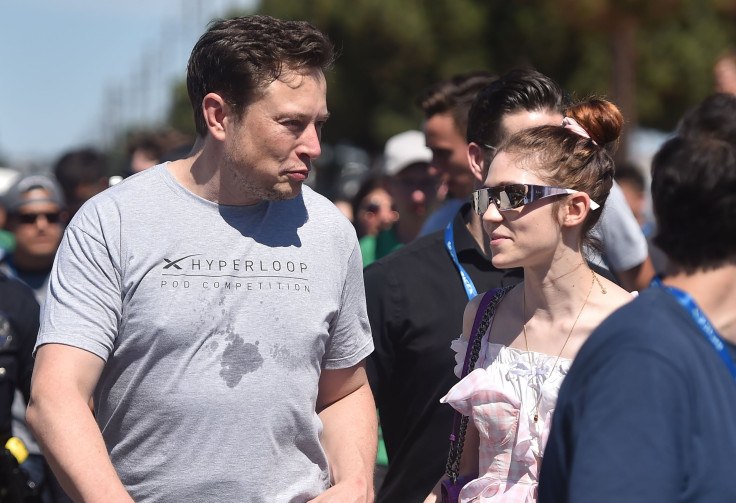NASA, SpaceX Falcon 9 Rocket To Launch Moon Lander In 2021

A private robotic moon lander will be flown into space by a Space X Falcon 9 rocket as a NASA sponsored flight becoming the first lunar mission of its kind.
The Nova-C lander, built by Intuitive Machines in Houston will be launched atop a SpaceX Falcon 9 rocket.
Nova-C can carry 100 kilograms of cargo to any spot on the lunar surface, per Intuitive Machines. Tentatively, the targeted liftoff will be in July 2021 and the lander is expected to beam data home for 13 days.
The flight will be sponsored by NASA, according to representatives of both companies.
“We're honored that Intuitive Machines selected Falcon 9, SpaceX’s tried-and-true workhorse, for this pioneering mission to the moon,” said Elon Musk-led SpaceX's President Gwynne Shotwell according to SpaceX news.
In May, NASA’s Commercial Lunar Payload Services (CLPS) program had invited Intuitive Machines, Orbit Beyond and Astrobotic to build landers to take agency payloads to the lunar surface.
In the deal, Intuitive Machines earned $77 million, Astrobotic $79.5 million, and Orbit Beyond netted $97 million.
According to NASA news, there is tremendous cost efficiency in such payload deals with private companies.
Among NASA’s immediate priorities on lunar missions, two projects are at the top under the ambitious program called Artemis.
In the first, two astronauts will be taken to the lunar south pole by 2024 and the second one will be making a sustainable human presence on the moon by 2028.
NASA’s final call for proposals on human lunar landers
Meanwhile, NASA invited proposals for the human lunar lander system on Sept. 30.
The Human Landing System solicitation sought proposals from U.S. companies for developing human landers. They must reach NASA by November 1.
Based on the comments that came in response to earlier calls some modifications are being added to the program.
One change is that NASA will not insist on lunar landers to dock with the lunar Gateway as a staging point at least for the initial missions to the lunar surface.
“The agency’s preferred approach to a lunar landing is for the crew in the Orion spacecraft and the uncrewed human landing system to launch separately and meet in lunar orbit at the Gateway, which is critical to long-term exploration of the moon,” the U.S. space agency said in a statement.
NASA said it is open for all options to achieve the 2024 mission, according to Marshall Smith, director of NASA’s human lunar program at NASA Headquarters.
“We are allowing contractors, if they want to propose not going to Gateway, they want to propose going directly to an Orion, they can do that for the ’24 mission only,” he said.
Using the new spacecraft named Orion, NASA is aiming to take astronauts to asteroids, Moon or Mars. Orion will ferry astronauts beyond the moon and bring them safely back to Earth.
NASA is building the rocket for Orion's launch and will be known as Space Launch System or SLS.
© Copyright IBTimes 2025. All rights reserved.




















